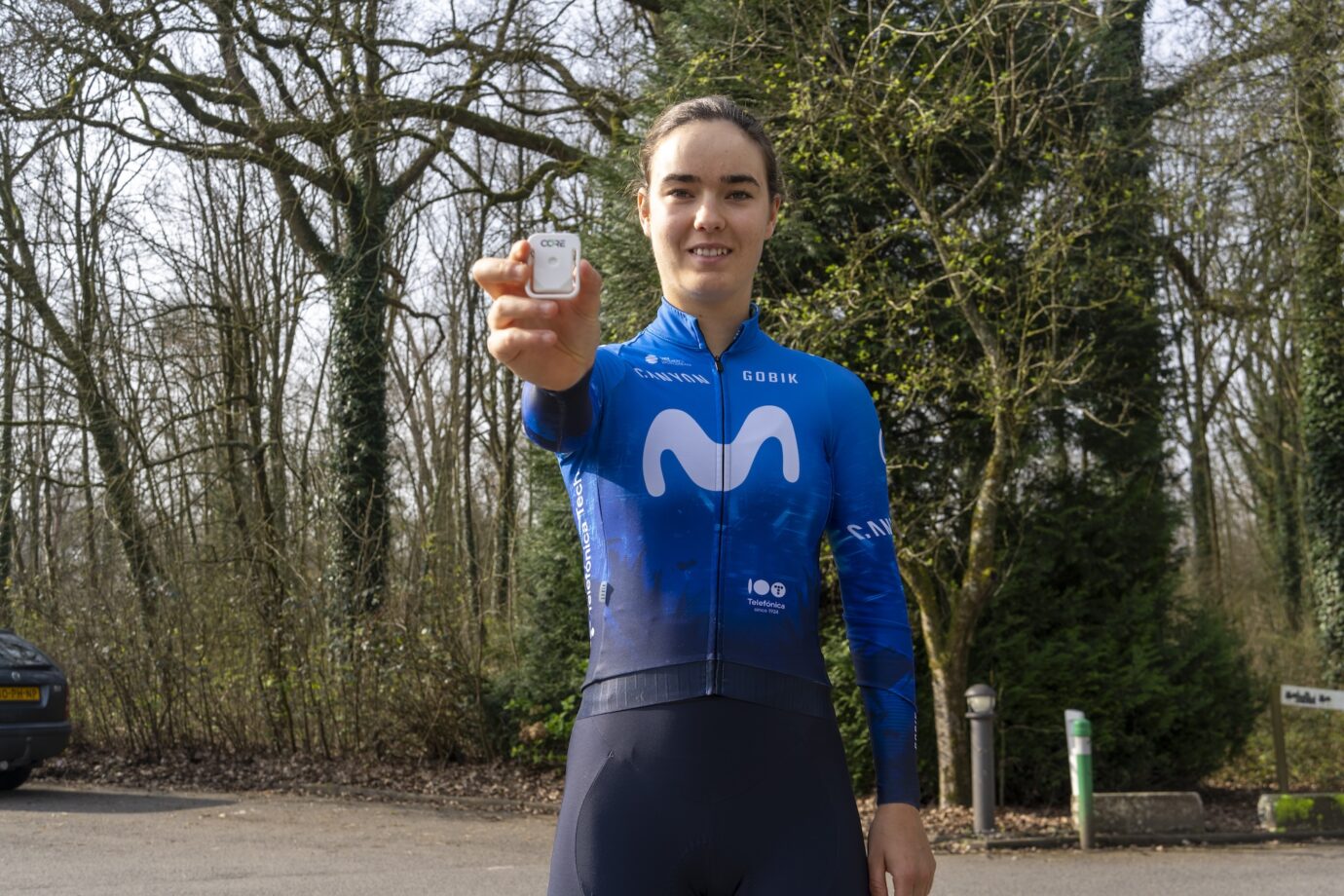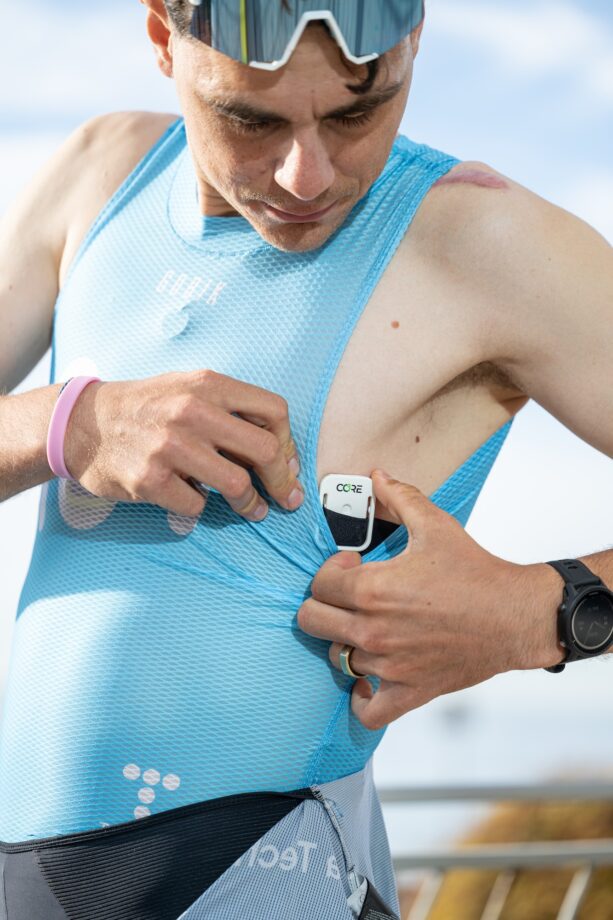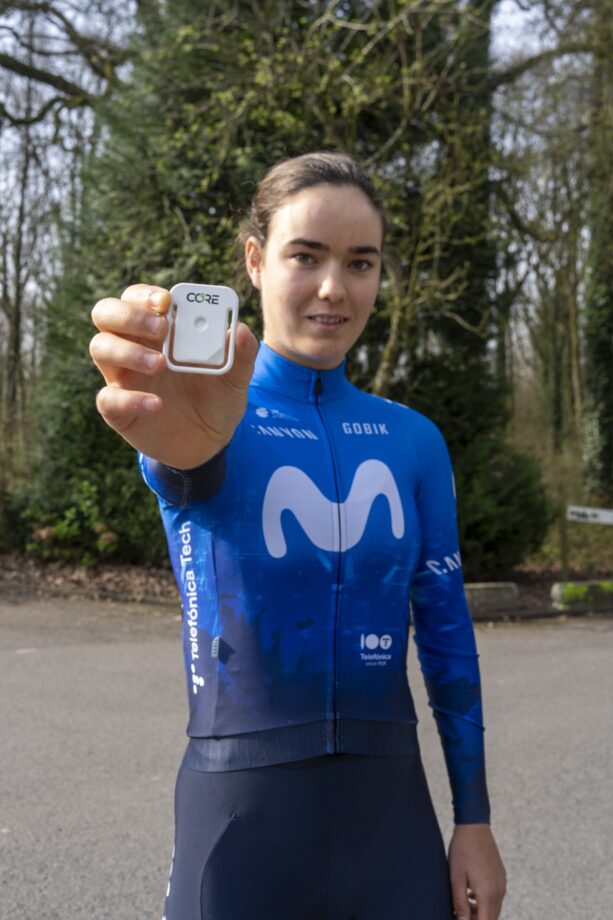
Cuarta campaña junto a la compañía norteamericana
Movistar Team riders will use CORE sensors for the fourth season in a row as an integral technology in their performance stack. CORE body temperature sensors are used during training and racing to help prevent the loss of physical performance when core body temperatures rise.
CORE is the first and only non-invasive wearable that provides a decisive edge over the competition by providing athletes with real-time data by measuring core body temperature, skin temperature, heat strain index and heat strain score.

Movistar Team riders will use the CORE body temperature sensor to improve their performance through optimizing training conditions by employing various cooling and temperature optimization strategies but also, to prepare for racing in adverse conditions. Through the use of CORE sensors in training, athletes can stay cooler for longer on race day, leading to radically better performance in either hot or cold weather.
According to Ross McGraw, Head of CORE: “With such high uptake in the use of CORE in the pro peloton, our sports marketing strategy in 2024 is to focus work with the top teams and athletes and in particular, those with which we have an excellent working relationship. We’ve had to be more selective of who we officially support with both product and access to our team of sports scientists. Movistar Team was one of the early adopters of CORE, and we are delighted to continue the partnership in 2024. We look forward to supporting the team again this year, and this time with our app in Spanish.”

Movistar Team Head of Performance, Iván Velasco, had this to say about the partnership: “We are a thermal machine and CORE allows us to continue improving the performance of our cyclists with heat adaptation training, individually accurately monitoring the temperature of the body, as well as the skin. CORE helps us establish cooling strategies that ensure that the cyclist’s performance is not compromised by the increase in temperature, as well as design more precise warm-up protocols before competitions.”